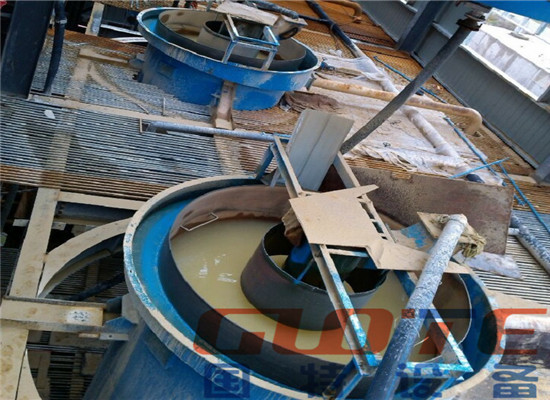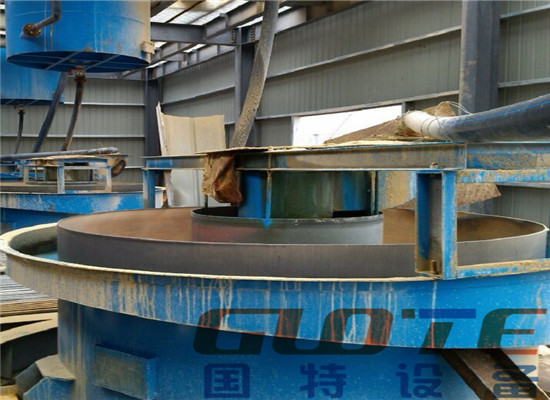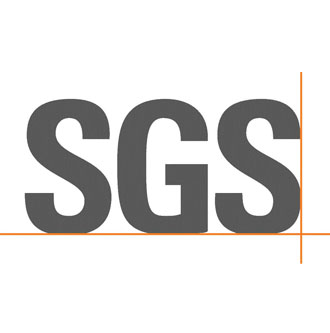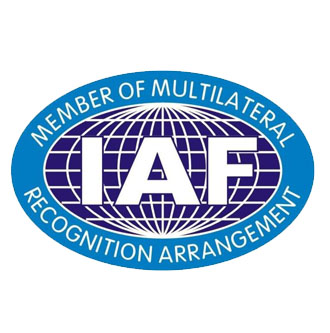The hydraulic classifier is an important part of ore dressing. The new hydraulic classifier is an important equipment of the classifier.
It is mainly divided into three aspects, that is, ore properties (including the content of mud and particle size composition, ore density and shape, etc.);Equipment construction (refers to the dip Angle of the slot, the height of the overflow weir and the new speed, etc.);Operation method (pulp concentration, ore feeding and ore feeding uniformity).

1, classifier feeding mud content and particle size composition
The larger the mud content or fine grain size in the classifier feed, the larger the pulp viscosity, the smaller the settling velocity of the ore particles in the pulp, and the coarser the particle size of the overflow product.In this case, in order to obtain the required overflow fineness, water can be added appropriately to reduce the pulp concentration.If the amount of mud in the feed is small, or after desliming treatment, the slurry concentration should be appropriately increased, in order to reduce the return of sand with too much fine grain material.
2. Mineral density and particle shape
Under the same concentration and other conditions, the smaller the density of the classifier material, the larger the viscosity of the pulp, the coarser the size of the overflow product;On the contrary, the higher the density of the classifier material, the smaller the pulp viscosity, the finer the overflow particle size, and the higher the fine grain content in the sand return.Therefore, when the classifier density of ore, should be appropriate to increase the concentration of classifier;And the classifier density of small ore, it should be appropriate to reduce the classifier concentration.Since flat ore particles settle more slowly than round or nearly round ones, the classifier should use a lower pulp concentration or speed up the discharge rate of overflow products.
3, classifier slot inclination
The dip Angle of the trough not only determines the settling area of the classifier, but also affects the agitation degree of the new blade to the pulp, and thus affects the quality of the overflow product.The dip Angle of the trough is small, the settling area of the classifier is large, the overflow particle size is fine, and the fine particle content in the sand returning increases.On the contrary, as the dip Angle of the trough increases, the settlement area decreases, there are more slippage opportunities for coarse materials, and the overflow grain size becomes coarser, but the sand return clip is less fine.Of course, after the installation of the classifier, its inclination is not changed, only in the operating conditions to adapt to the set inclination.
4. Height of overflow weir
The settlement area can be changed by adjusting the height of overflow weir.When the overflow weir is raised, the settlement area of ore particles will increase, and the volume of the classifier area will also increase. Therefore, the new type of agitation degree of the pulp surface is relatively weak, so that the overflow size becomes fine.The height of overflow weir should be reduced when the size of overflow is coarse.

5. New-type rotation speed
The new rotation speed not only affects the particle size of overflow products, but also affects the ability to transport sand.Therefore, when selecting the new type of rotating speed, the requirements of overflow fineness and sand return productivity must be satisfied simultaneously.The faster the rotating speed is, the higher the production capacity is according to the return sand meter, but because of the stronger stirring effect on the pulp, the coarse particles contained in the overflow increase, suitable for the coarse grinding cycle used in the classifier.The classifier used in the second grinding or fine grinding cycle requires a fine overflow product, and the new speed should be slowed down as much as possible.
6. Pulp concentration
Pulp concentration is one of the most important regulating factors in the operation of the classifier.Generally speaking, the pulp concentration is low, the overflow particle size is fine, the concentration increases, the overflow particle size becomes coarse.This is because in the thick slurry, the viscosity of the slurry is larger, the particle settlement is disturbed by the large, the settlement speed becomes slow, some coarse particles have no time to sink will be horizontal flow of slurry brought out of the overflow weir, so that the overflow particle size becomes coarse.However, when the pulp concentration is very low, it may appear that the overflow grain size becomes coarser.This is because the concentration is too low, in order to maintain a certain amount of solid mass calculated by the production capacity, the amount of pulp must be large, resulting in the classifier pulp flow rate increases, thus the coarser particles also rushed to the overflow.Therefore, in actual production, for the treatment of specified ore classifier, has its appropriate pulp concentration classifier.At the appropriate concentration, the maximum production can be obtained when the particle size of the classifier is kept at a certain level.While maintaining a certain productivity, the minimum separation granularity can be obtained.This concentration is called the critical concentration.The actual production of the critical concentration value should be determined by testing and referring to similar concentrator classifier operation index.
7. Feed quantity and feed uniformity
When the pulp concentration is fixed, if the amount of ore fed into the classifier increases, then the upward velocity and horizontal velocity of the pulp will also increase, thus making the overflow size coarser.On the contrary, if the amount of ore decreases, the overflow grain size becomes finer and the fine grain content in the returned sand increases.Therefore, the ore feed of the classifier should be appropriate, and to maintain uniform and stable, in order to make the classifier process normal, obtain good classifier effect.






